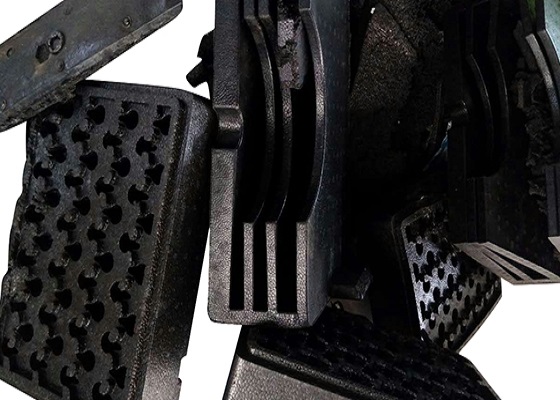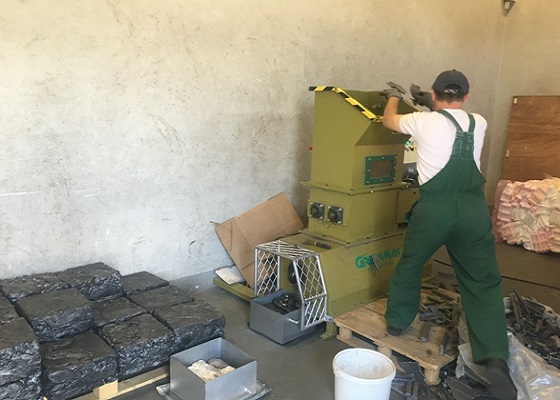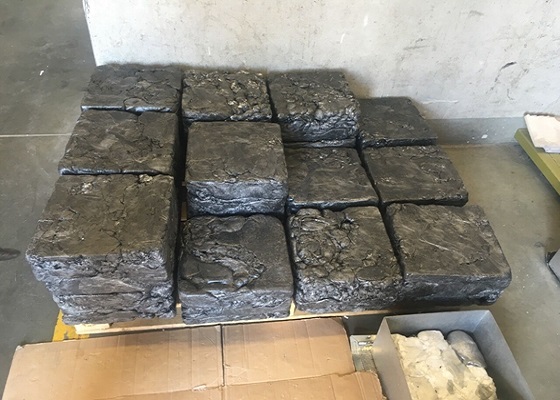EPP Densifier Helps Sluggish EPP Recycling Market Tackle Waste Buildup
EPP is a type of plastic foam that is widely used in a variety of applications such as packaging, automotive parts, and sports equipment. EPP foam is a highly durable material that can withstand impacts and compression, making it an excellent choice for protective packaging and transportation. Along with other types of foam, EPP foam has become one of the worst culprits for the environment when people are looking for a more convenient lifestyle. The public always targets EPS foam, PET plastic, etc., forgetting that EPP foam can also be recycled. As an effective recycling machine, the EPP densifier can solve the problem of EPP waste accumulated in the automobile industry.

According to a report published by PlasticsEurope, the EPP recycling rate in Europe was estimated to be around 27.9% in 2019. But in Europe, the EPS recycling rate was estimated to be around 35.9% in 2019. The stark contrast also proves that EPP recycling does not get enough publicity. In the news of the past few years, we can find that in the United States, for example, many cities or counties launch EPS recycling activities every year. Some governments have applied for funding from the FRC to purchase EPS recycling machines for urban recycling. However, in contrast, EPP recycling has not received enough attention. While the automotive industry has been working on improving EPP foam to make it fit better in cars, disposing of EPP waste hasn't been considered by all.

The recycling process for EPP foam is similar to that of other plastic materials but requires specialized equipment to handle the unique properties of the material. Only one EPP densifier is needed to recycle EPP. When EPP foam is recycled, it is broken down into small pieces, which are then melted down and remade into new products. In order to process EPP waste smoothly, the quality of the EPP densifier is also very important. For example, the GREENMAX EPP densifier sold by INTCO Recycling runs smoothly, occupies a small area, is easy to operate, and has international certification. A high-quality EPP densifier can cut EPP into uniform pieces, and then process it into ingots. The volume of EPP is reduced, so the problem of stacking is solved. Moreover, EPP ingots, as recycled plastic, can be sold to recyclers. Recycling EPP also means reducing the amount of waste sent to landfill, conserving natural resources, and reducing greenhouse gas emissions. Additionally, recycled EPP foam can help reduce the cost of producing new products, as recycled EPP foam is often less expensive than virgin material.

While EPP foam is recyclable, it is important to note that not all recycling facilities accept EPP foam. For some EPP-related industries, therefore, it is better to process EPP themselves than to sell their waste to recyclers. After the EPP waste is compressed into EPP ingots, the subsequent recycling process will be more smooth. Because EPP ingots is smaller than EPP, it is easier to transport and process. The future trend of industrial development is to uphold the purpose of sustainable construction of a circular economy, so EPP recycling is bound to become a popular trend.
